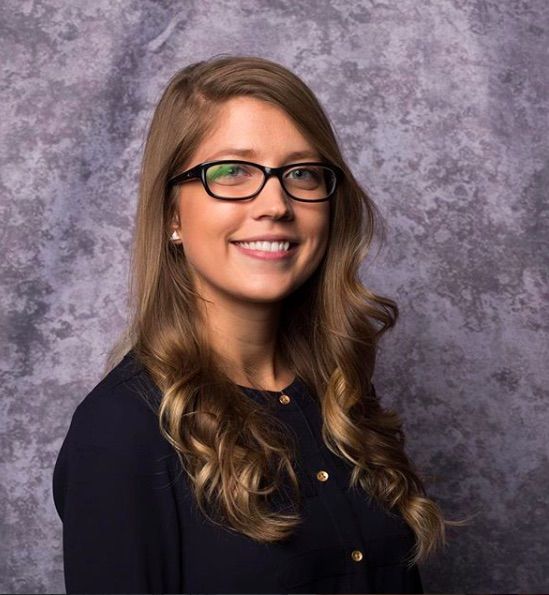‘Night Shift’ Feature on iPhone Does Not Help Sleep Quality, Say Researchers
Young adults did not have significantly better sleep when using blue light filters on their smartphones in the hour before bed, according to a new study.
Smartphone use before bedtime has been linked with lower-quality sleep, but a new study suggests a popular feature designed to combat the problem is ineffective.
The study, published in the journal Sleep Health, found the use of Apple’s “Night Shift” feature did not have a significant impact on a patient’s sleep quality. However, avoiding phone use in the last hour before bedtime did make a difference, though only in the study volunteers who were not sleep deprived.
Apple’s iPhone includes a mode called “Night Shift.” The feature, and similar features on other smartphones, reduces short-wavelength light emissions in the minutes before sleep based on the theory that such “blue light filtering” can reduce the negative sleep impacts of screen exposure before bed.
Kara M. Duraccio

Corresponding author Kara M. Duraccio, Ph.D., of Cincinnati Children’s Hospital Medical Center, and colleagues, wanted to understand how, if at all, such features can affect sleep quality in young adults. To find out, the investigators recruited 167 young adults between the ages of 18 and 24. Participants were instructed to spend at least eight hours in bed at night and placed in one of three phone-usage groups. One group was told not to use their phones in the hour before bed. A second group was told they could use their phones with Night Shift enabled in the hour before bed. The final group was told to use their phones normally, without Night Shift. The participants’ sleep was tracked using wrist-worn accelerometers and their iPhone use was monitored using the commercially available “Moment” app.
The results showed a clear trend, but it had nothing to do with Night Shift.
“[D]espite having instructed all study participants to spend at least eight hours in bed with the intention to sleep, we observed that the total average sleep duration for this population was 6.82 hours during our sleep modification window,” the investigators wrote. The sleep amount did not significantly vary based on device use. Patients who didn’t use their phones before sleep averaged 400.79 minutes of sleep per night, those who used Night Shift had 406.93 minutes, and those who used their phone normally slept an average of 404.80 minutes. Sleep latency, a measure of how long it takes to fall asleep, was also similar among the groups.
The participants’ average sleep efficiency, the time spent in bed versus time spent sleeping, was under 85%. Such low sleep efficiency is generally categorized as “poor” sleep, though the authors said the low percentage could be because the study required them to stay in bed longer than they normally would.
“Contrary to our original hypotheses, we did not detect differences in sleep outcomes across the three experimental groups,” Duraccio and her colleagues wrote. “Our three study groups demonstrated comparable means for total sleep time, time taken to fall asleep, amount of time spent awake after falling asleep, and sleep efficiency regardless of their group assignment.”
However, the investigators said their findings might merely be evidence that when a person is sleep deprived, the lack of sleep overrides any sleep differences that might be caused by phone use.
When the analysis was restricted only to participants who got more sleep than the population average, the investigators started to see a difference. In participants with higher-than-average sleep, no phone use led to significantly better sleep quality (more efficient sleep and less time awake during sleeping hours). Yet, even in the group of longer sleepers, there was no significant difference between those who used their phones with Night Shift and those who did not; the impact was only seen when participants avoided phone use altogether.
Duraccio and colleagues said their study shows that the problem of smartphones impacting sleep is more complicated than blue light.
“We conclude that aspects of phone use beyond short-wavelength light must be contraindicative to sleep, such as engagement in stimulating activities (e.g., social networking, texting) that increases physiological arousal that makes sleep difficult,” they said. “Future research that examines these unique contributions of phone use on sleep outcomes is critical.”
Insomnia Adds to the Economic Burden of All Five Comorbid Conditions Studied
July 14th 2023Between 9% and 12% of American adults have insomnia, and 85% of them also are diagnosed with comorbid conditions like type 2 diabetes and dementia. While the numerous health consequences of comorbid insomnia have been well-documented, the additional costs for specific disease groups have not been measured in large studies — until now.
Read More
Pre-pandemic Sleep Disorders Associated With Risk of Long COVID, Study Finds
June 15th 2023Some effects of poor sleep (fatigue, daytime dysfunction) resemble some symptoms of long COVID. As it turns out, infected women who were healthy sleepers before and early in the pandemic were less likely to report long COVID symptoms.
Read More